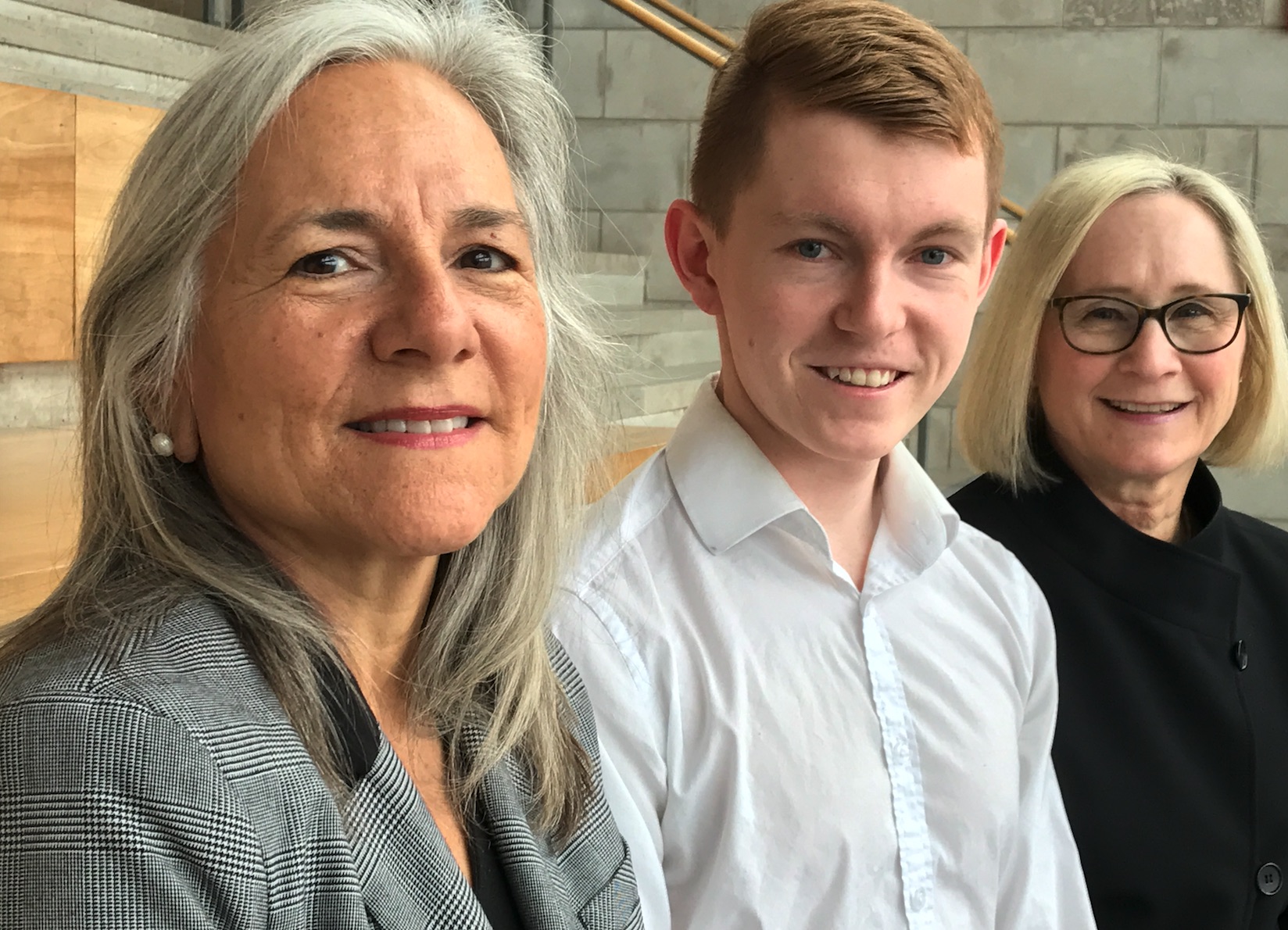Indigenous reconciliation in business
Posted on June 20, 2019
Kingston, Ont. – In a second-year Commerce class recently, students presented their solutions to a series of business cases. First, though, they took part in a smudging ceremony.
The two were, in fact, linked. A smudging ceremony is an Indigenous tradition. Smoke from burning sage is used to purify or cleanse the spirit of negative thoughts. Each business case, meanwhile, posed an ethical challenge for companies dealing with Indigenous communities and businesses.
It was part of an effort by Smith lecturer Karen Humphreys Blake to address the education-related recommendations of Canada’s Truth and Reconciliation Commission in her business ethics and corporate social responsibility (CSR) class. “I want my students to have an understanding of Indigenous matters and the ethical and CSR considerations that relate to them,” she says.
To develop realistic business cases, Dakota Lavery, Comm’20, of the Hiawatha First Nation in Ontario, was enlisted. Lavery and three other Indigenous students at Smith came up with several cases based on real life. One dealt with an oil company building a pipeline through First Nations land. The dilemma? The government-recognized band council approved the pipeline. But the hereditary chiefs (who continue to hold some authority within their communities) did not. How should the oil company respond? Another case dealt with an on-reserve business setting up in competition with a business off reserve, undercutting prices. How should the established business respond in keeping with the goal of reconciliation?
“None of these cases were sugar-coated,” Humphreys Blake says. “They are meant to show the true challenge that Canada faces in reconciliation in the business world.”
She also reached out to Carol Ann Budd, Sci’89, DSc’16, a certified financial planner in Kingston and member of the Sagamok Anishnawbek First Nation. Budd suggested students take part in a Kairos Blanket Exercise, a workshop designed to provide a glimpse of the “physical, emotional, spiritual and economic toll the last 500 years of treaty making, laws and government policies have had on individuals, families and communities,” Budd says. “This particular exercise is extremely beneficial in helping non-Indigenous students because, for 45 minutes, they walk in the moccasins of Canada’s Indigenous people.”
Here, Humphreys Blake worked with Queen’s Four Directions Indigenous Student Centre and Ann Deer, Indigenous recruitment and support co-ordinator at Smith, among others. Allen Doxtator, knowledge keeper and culture advisor at the university’s Office of Indigenous Initiatives, performed the smudging ceremony and provided feedback on students’ case-study solutions.
The students, Humphreys Blake says, found the blanket exercise especially powerful, while the business cases challenged them to grasp the unique issues that can arise when First Nation communities are involved.
“A number of them said their views had been profoundly affected and they want to get involved to bring about meaningful change during their business careers,” she says.
Given that response, it’s no surprise that Humphreys Blake is already working with Lavery and Budd on an Indigenous education plan for her Commerce students next year.